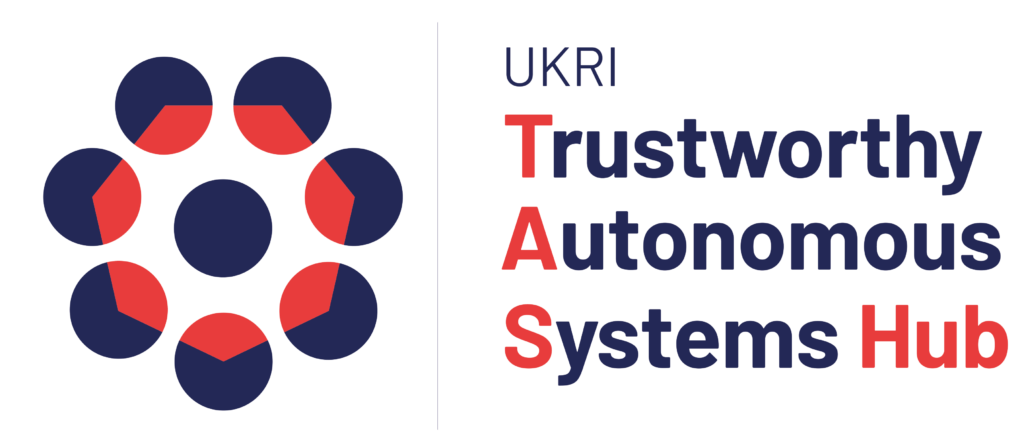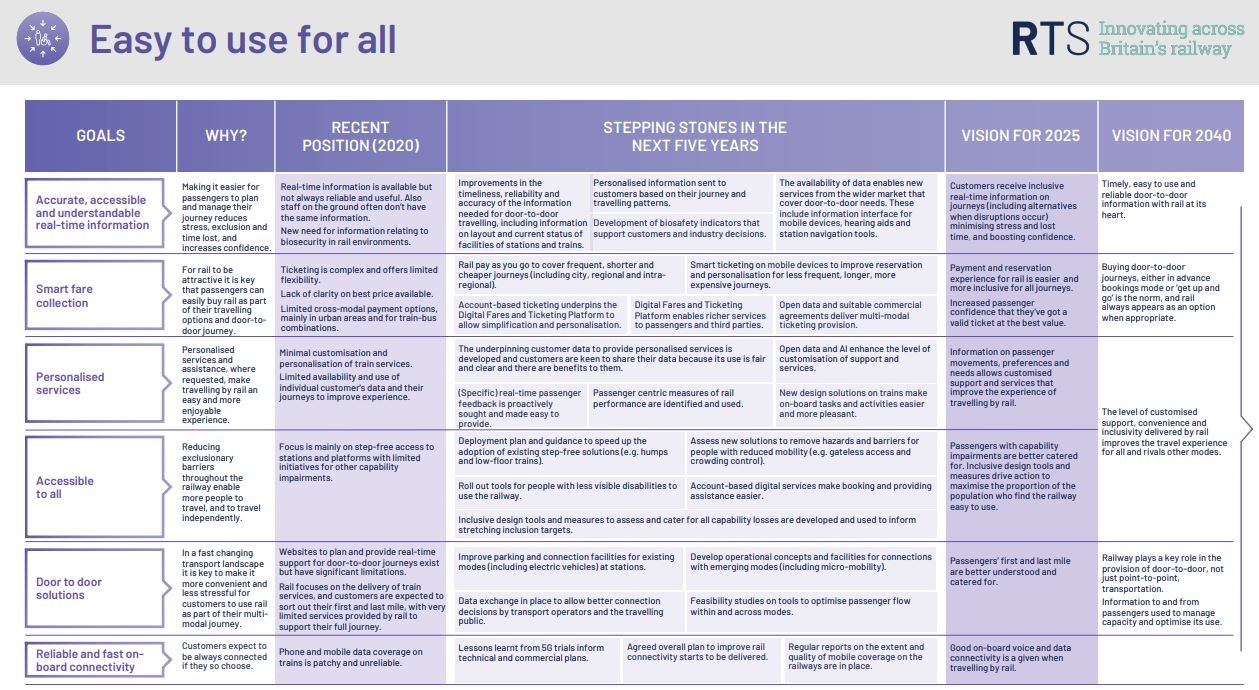post by Cecily Pepper (2019 cohort)
About the Internship
In December 2021, I began an internship with the UKRI TAS (Trustworthy Autonomous Systems) Hub on two projects: TAS for Health and TAS Test and Trace. I applied to this internship as I have an interest in technology and autonomous systems, how people develop and measure trust towards technology, and, perhaps most of all, the effect of technology on health and wellbeing. My own PhD project is about exploring the impact of social media platforms on the mental health and wellbeing of care-experienced young people, so hopefully the connection and interest between technology, health, and wellbeing is clear. Another key motivator in applying for the TAS internship was that the role involved completing an in-depth thematic analysis for each project. As I am doing multiple thematic analyses for my own research, I thought this would be a great opportunity to enhance and develop my skills in this area. Moreover, the internship was a role that included working with two other interns to complete the analyses. This especially interested me as I enjoy working with others and was curious as to how the group analyses would work compared to the analyses I have done by myself.
The TAS for Health project explored the attitudes towards using a smart mirror for health from two participant groups: those who were recovering from a stroke and those who have the medical condition multiple sclerosis (MS). My role involved taking part in the participant workshops, preparing the transcripts from the workshops, and completing the thematic analysis with the other interns. It was a truly enjoyable experience listening to the experiences of the individuals who participated in the research. As well as this, assisting in the workshops offered another layer of insight to the analysis. The other project, TAS Test and Trace, followed on from previous studies around the general public’s attitudes and trust in the NHS Test and Trace application for Covid-19. For this project, my role was to again prepare the transcripts and complete a thematic analysis with the other interns. I will also contribute to the paper writing for both projects, which are currently underway. This is another aspect of the internship that applies to my own PhD activities, as it is a great opportunity to develop my paper writing skills ready for when I aim to publish my own studies.
Reflections on the Internship Experience
I have thoroughly enjoyed the internship and learned so much. I have developed my thematic analysis skills, my collaborative skills, and learned more about how to present and display research findings (to name a few). For this blog, I will now share some reflections on the experiences I have had now the two projects have ended. Perhaps the biggest and most salient reflection I have from working with two TAS research groups was the value of working with others and being part of a research team. I currently don’t belong in a research group and, as PhD students may know, the doctorate journey can be a lonely one. I find many times in my own work that I wish I could bounce my ideas off someone, especially during analysis work. Don’t get me wrong, I have wonderful supervisors who I meet with regularly and they offer brilliant and insightful advice; but doing an analysis collaboratively with two other people was a fantastic experience. We were able to continuously bounce our ideas off one another, question our reasoning together, and have regular chats about anything we queried. This made me appreciate teamwork in a completely new light and it’s safe to say three was definitely not a crowd! We also all learnt a new way of completing a thematic analysis, explained by a member of the research group, which was a valued addition to our current skillset.
In addition to this, having weekly meetings with a research group was a great experience and made me really feel like I was part of a team. As I mentioned, I don’t belong to any research groups so I haven’t had this experience yet; apart from perhaps my CDT cohort, who I love spending time with, but our research is all so different so it can be hard to find commonalities to discuss, and get-togethers are rare now we’re in the later stages of our PhD and due to the pandemic. On a personal note, I’m a shy introvert and tend to anxiously avoid social events, but being required to work with others so regularly and closely was valuable in pushing me outside of my comfort zone. So, one of the biggest take-aways from my internship is the value of working closely with others and having a team of researchers to meet with regularly. I’ve met some lovely people who I hope to work with again in the future and I have learned so many things about the importance of working with a research team.
The second reflection I had from my internship experience was the realisation and surprise at how welcome a distraction from my own PhD work was. I was in a bit of a rut with my PhD work, struggling with recruiting a hard-to-reach participant group whilst also struggling with the final stages of a separate thematic analysis for another of my studies. With the internship, I soon realised that I welcomed the work with open arms and found my research spark again, that had obviously been dimmed by my own research struggles. While I knew subconsciously that I was struggling with my own work, the internship reignited my love for research and made me realise I needed to remove my head from the imaginary sand and address the issues I had in my own work. This was therefore helpful to me personally as it was a reminder that I had a passion for research, and it was encouragement to resolve the issues I had with my own work rather than burying and avoiding them.
Overall, I had a great time and learnt a lot from both the academic side but also from the personal side. Working on two thematic analyses was fantastic practice and I believe my skills have developed significantly. Additionally, being part of a research team with regular meetings and deadlines was useful for the future, both in an industry and academic sense. Despite the value of both the professional and research skills I have developed, the most enjoyable part of the internship was working closely with other researchers and having a welcomed break from the lonely world of doing a PhD during a global pandemic.






